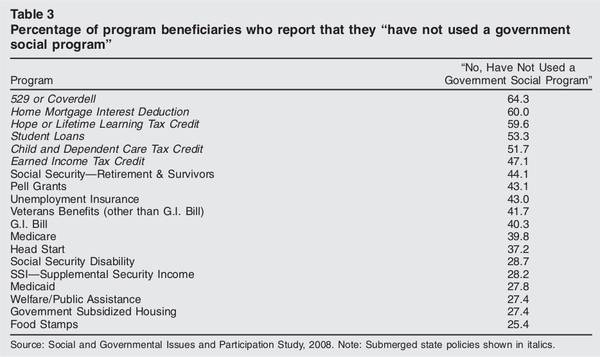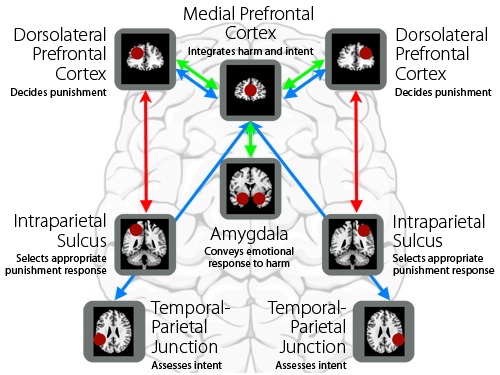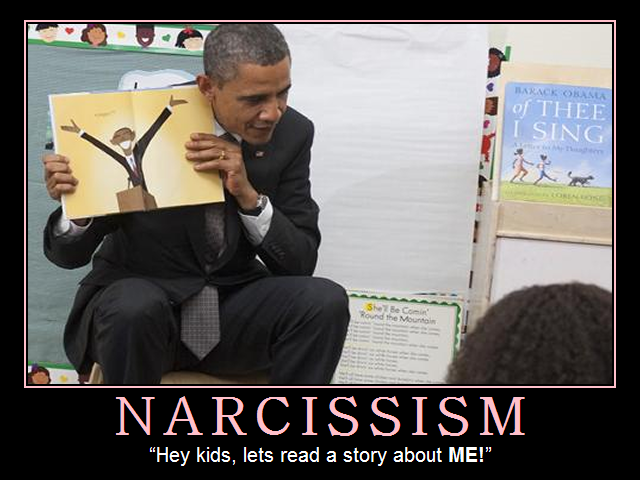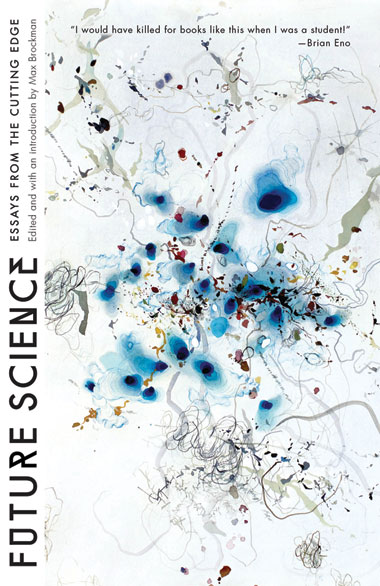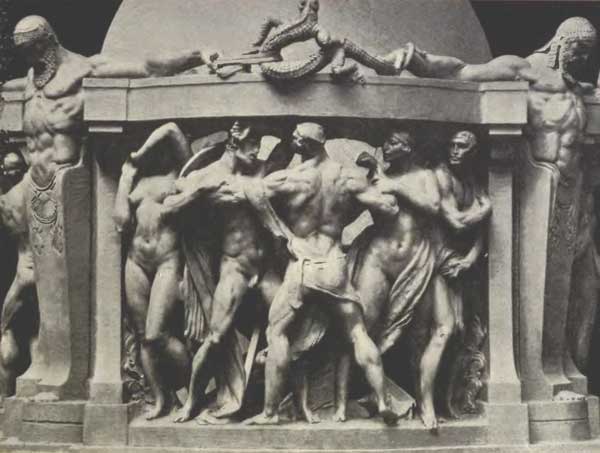Rushton's discussion of the "equalitarian dogma" suggest that brave, politically neutral scientists resisted the attempts of powerful left-wing forces to control their work. However, when the history of postwar racial difference research is examined, the picture is one of a relatively powerful set of well-funded people, most of whom believed in the basic tenets of early 20th century eugenics (7) and were strongly opposed to both integration and intermarriage, fearing "race suicide." They used every scientific and public communication channel available to convince their colleagues and the public of their position. Far from suffering academic censorship, they had access to prestigious scientific journals and meetings, gave court and government testimony, and distributed pamphlets. Their "controversial" work received attention in every textbook. All retained their tenured positions, sometimes funded by the taxes of the very people they declared to be, on average, biologically inferior. They suffered protests and attacks in the popular press, and some deplorable assaults by protesters, with no serious injuries. Their research was often subjected to special scrutiny, and some were asked not to accept money from the Pioneer Fund. None were expelled from the American Psychological Association. Comparison of these events to the Inquisition, Stalin, and Hitler, is inappropriate, to say the least.
The continued criticism and concern over Rushton's work naturally flow from the view that his theory is one of racial superiority, albeit one in which Asian groups come out ahead of others. But Rushton (1996) explicitly disavows the terms "inferior" and "superior." The readers must judge whether Table 1, in which blacks are said to have, on average, smaller brains, lower intelligence, lower cultural achievements, higher aggressiveness, lower law-abidingness, lower marital stability and less sexual restraint than whites, and the differences are attributed partially to heredity, implies that they are "inferior." Readers must also judge whether Rushton's (e.g., 1995a) r vs. K theory in which the climate of Africa is said to have selected for high birth rates and low parental care suggests the "inferiority" of blacks. No one can doubt the uses that will be made of Rushton's research by such groups as David Duke's National Association for the Advancement of White People, whose newsletter advertised IAAEE's publications and Mankind Quarterly, alongside the Protocols of the Learned Elders of Zion (see Tucker 1994, for an extensive discussion of the use of racial research by the far right).
Rushton explicitly disavows any policy implications of his research. In this sense, he cannot be considered a eugenicist, since eugenics always involved social policy. However, Rushton simultaneously argues in this journal that "if all people were treated the same, most average race differences would not disappear" (p. 3), a statement which in no way follows from his research and might be thought to carry policy implications for welfare, compensatory education, and employment equity. In contrast to Rushton's cautious approach Henry Garrett, Roger Pearson, T. Travis Osborne and especially Freiherr von Verschuer, quoted at the outset of this paper, embraced, and campaigned for the implementation of policy based on race difference research.
Philippe Rushton cannot be held responsible for the work of these men, and shares no "guilt by association." But those who maintain that a scientific theory cannot incite people to murder should review the history of scientific racism, the history of German Rassenhygiene, and the contemporary use of racial theory in Bosnia (see Kohn, 1995). Those who maintain that the data of racial research are "politically neutral" and "value-free" should understand the political commitments of those who conducted and promoted much of this research. Those who wish to promote open, honest discussion should contemplate the meaning of a book on worldwide race differences (Rushton, 1995a) in which "apartheid," "poverty," "colonialism," "slavery," and "segregation" do not appear in the index. Only then can an informed judgment about "political correctness" and racial research be made.


